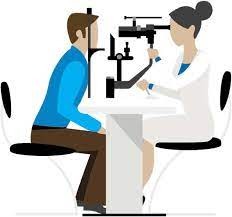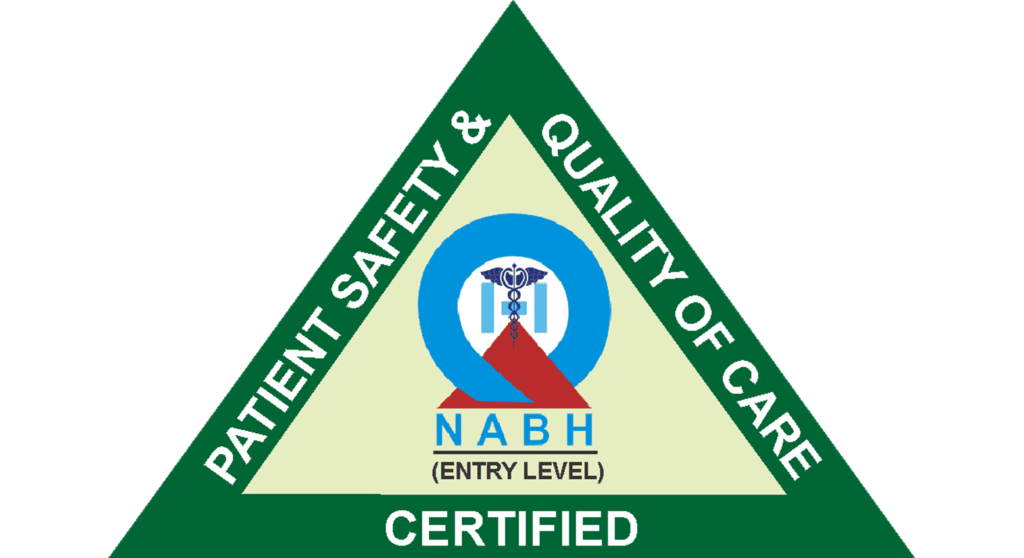Cataract Treatment in Vileparle and Santacruz
Cataract Diagnosis & Treatment

Keratoconus Specialist In Mumbai
What Is Keratoconus Treatment?
Keratoconus is a relatively uncommon disorder, with estimated occurrence rates ranging from 4 out of 100,000 individuals to 600 out of 100,000. This prevalence is roughly equivalent among both males and females. Typically originating during puberty, Keratoconus advances well into the mid-30s and commonly manifests in both eyes, although the speed of progression and the onset may differ between each eye.
In cases of Keratoconus, the cornea undergoes thinning and takes on an irregular conical shape, leading to impaired vision. Within the cornea, the central layer holds the greatest thickness and primarily comprises water and collagen, a protein. Collagen is responsible for providing strength and flexibility to the cornea, which functions optimally to focus light and ensure clear vision.

Keratoconus Symptom Checker
- Minor blurring of the vision (early)
- Light sensitivity
- Decreasing visual acuity, sometimes rapidly
- Poor night vision
- Multiple “ghost” images
- Frequent changes in refraction
- Headaches and general eye pain





Keratoconus Symptom Checker
- Minor blurring of the vision (early)
- Light sensitivity
- Decreasing visual acuity, sometimes rapidly
- Vision may be worse in one eye
- Poor night vision
- Multiple “ghost” images
- Frequent changes in refraction
- Headaches and general eye pain






Causes of Keratoconus
In spite of our extensive familiarity with this persistent ailment, the reasons behind it remain largely mysterious. The cornea protrudes in a conical shape due to the deterioration of collagen fibrils.
Recent studies indicate that an irregularity in enzyme levels can lead to this condition, rendering the cornea more prone to oxidative harm from free radicals. Consequently, the cornea becomes feeble and protrudes outward. Keratoconus emerges from a reduction in these enzymes and protective antioxidants within the cornea.

Risk Factors
- Genetic predisposition—likelihood of developing Keratoconus rises if any of your relatives have been afflicted.
- Excessive exposure to ultraviolet radiation
- Ill-fitting contact lenses
- Eye allergies and persistent eye rubbing are linked to the development of keratoconus. Chronic rubbing of the eyes might also contribute to the advancement of the condition.
- Specific conditions such as retinitis pigmentosa, atopic ailments, and disorders related to connective tissue.
- Trisomy 21
Diagnosis of Keratoconus

Eye Refraction

Slit-Lamp Examination

Computerized Corneal Mapping (Corneal Topography)
Advanced Diagnostics

Corneal topography

Pentacam

Schwind Sirius Topographer and Planning System

Corvis ST
Treatment of Keratoconus
With the advancement of keratoconus, addressing the heightened irregularity of the corneal surface necessitates more advanced lens designs. As the condition develops further, the cornea gradually thins and protrudes, leading to the requirement of rigid gas permeable contact lenses for corrective purposes.
During this phase, a Cross Linking procedure is typically recommended to enhance the resilience of your cornea.

Contact Lenses

Collagen Cross-Linking
Collagen Cross Linking is a procedure to stop the progression of Keratoconus which involves removing the skin (epithelium) from the surface of the cornea either manually…

Laser Procedures in Keratoconus

INTACS

Corneal Transplant Surgery & Visual Rehabilitation
Keratoconus necessitates a corneal transplant in cases where the patient’s cornea is exceptionally thin or their vision remains significantly impaired despite the inability to correct it with rigid contact lenses.
Facilities & Machines

Wavelight Topolyzer Vario
- It is a Placido disc based Corneal Topographer to evaluate the corneal curvature prior to LASIK/Refractive procedures.
- Planning of various refractive procedures and crosslinking procedures for keratoconus is based on this instrument.
- Helps in monitoring the corneal curvature post refractive/crosslinking procedures.

OPTOPOL Revo FC
Optical Coherence Tomography(oct)
- Fully automated and easy to use
- Ultra high speed
- Pachymetry and Epithelial Thickness help in Refractive Surgery Assessment as well in detection of Corneal Ectatic Conditions like Keratoconus

Optovue RTVue
Optical Coherence Tomography
- Gold Standard in Epithelial mapping due to second to none accuracy and precision
- Pachymetry and Epithelial Thickness help in Refractive Surgery Assessment as well in detection of Corneal Ectatic Conditions like Keratoconus

PESCHKE UVX Crosslinking machine
Corneal cross-linking procedure has become the standard procedure for treating patients with progressive keratoconus and other ectatic corneal diseases.
It helps in halting the progression of these conditions by strengthening the weak cornea.

Alcon Wavelight FS 200(Femtosecond) laser
- Ultrafast
- Bladefree treatment
- Painless
- Rapid Recovery

Alcon Wavelight Excimer 500 laser
- Gold standard of excimer laser treatment
- Best in Class Safety
- Fastest Number Correction
- Painless
- Extremely Accurate and Precise
- Predictable Results

OPTOPOL Revo FC
Optical Coherence Tomography(oct)
- Fully automated and easy to use
- Ultra high speed
- OCT is like an ultrasonography of the retina to pick up lesions in different layers of the retina.
- OCT ONH (Glaucoma) helps in precise diagnosis and monitoring of glaucoma progression over time
- Pachymetry and Epithelial Thickness help in Refractive Surgery Assessment as well in detection of Corneal Ectatic Conditions like Keratoconus

Optovue RTVue
Optical Coherence Tomography
- Gold Standard in Epithelial mapping due to second to none accuracy and precision
- OCT is like an ultrasonography of the retina to pick up lesions in different layers of the retina.
- OCT ONH (Glaucoma) helps in precise diagnosis and monitoring of glaucoma progression over time
- Pachymetry and Epithelial Thickness help in Refractive Surgery Assessment as well in detection of Corneal Ectatic Conditions like Keratoconus

Wavelight Topolyzer Vario
- It is a Placido disc based Corneal Topographer to evaluate the corneal curvature prior to LASIK/Refractive procedures.
- Planning of various refractive procedures and crosslinking procedures for keratoconus is based on this instrument.
- Helps in monitoring the corneal curvature post refractive/crosslinking procedures.

PESCHKE UVX Crosslinking machine
Corneal cross-linking procedure has become the standard procedure for treating patients with progressive keratoconus and other ectatic corneal diseases.
It helps in halting the progression of these conditions by strengthening the weak cornea.
Keratoconus Doctors

Dr. Nitin
Balakrishnan
Cataract & Refractive Surgeon

Dr. Nikhil Nitin Balakrishnan

Dr. Pavitra Patel Balakrishnan
Frequently Asked Questions
Keratoconus Patient Reviews
Ermelinda P Fernandes
agnel paul
Rinisha Smile










